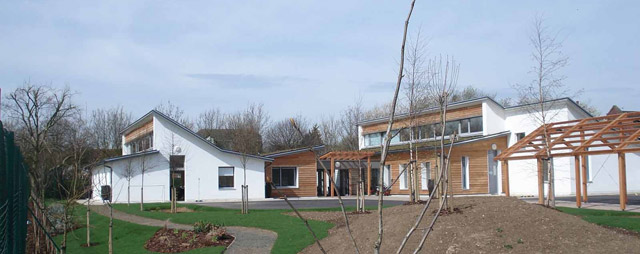
What Is Passivhaus?
Passivhaus buildings provide a high level of occupant comfort while using very little energy for heating and cooling. They are built with meticulous attention to detail and rigorous design and construction according to principles developed by the Passivhaus Institute in Germany, and can be certified through an exacting quality assurance process.
The Passivhaus Standard
The Passivhaus Standard requires:
- a maximum space heating and cooling demand of less than 15 kWh/m2.year or a maximum heating and cooling load of 10W/m2.
- a maximum total primary energy demand of 120 kWh/m2/year.
- an air change rate of no more than 0.6 air changes per hour @ 50 Pa.
To achieve the Passivhaus Standard in the UK typically involves:
- very high levels of insulation
- extremely high performance windows with insulated frames
- airtight building fabric
- 'thermal bridge free' construction
- a mechanical ventilation system with highly efficient heat recovery
Certification
The Passivhaus Institute has developed a series of certification processes to ensure the quality of any official Passivhaus buildings and practitioners:
- The Passivhaus Planning Package (PHPP), used to inform the design process and to assess or verify compliance with the Passivhaus Standard.
- Certification for designers who have the expertise to deliver Passivhaus buildings.
- A certification process for Passivhaus buildings, which applies both to the proposed design and the completed building.
“The heat losses of the building are reduced so much that it hardly needs any heating at all. Passive heat sources like the sun, human occupants, household appliances and the heat from the extract air cover a large part of the heating demand. The remaining heat can be provided by the supply air if the maximum heating load is less than 10W per square metre of living space. If such supply-air heating suffices as the only heat source, we call the building a Passive House.”
Univ. Prof. Dr Wolfgang Feist
Head of Energy Efficient Construction/ Building Physics at the University of Innsbruck, Austria and Director of the Passive House Institute, Darmstadt, Germany.
